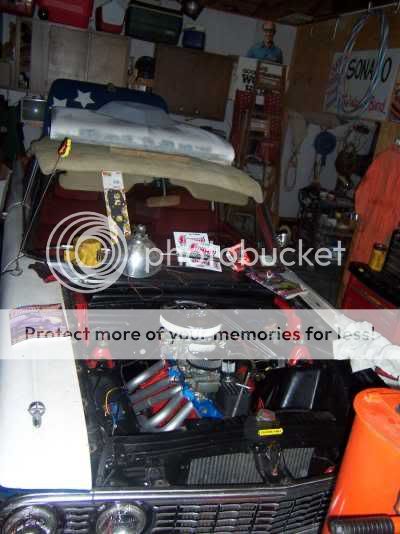OK... in previous discussions we learned that in engines of equal displacement and all else being the same, the engine with the larger bore size/shorter stroke will make more total horsepower than the one with the smaller bore/longer stroke. Force x area and all that...
So my question is this-- Forgetting about the effects of quench for a moment (let's assume open chamber heads) --and assuming that we keep the compression ratio the same by some means-- will dished (or domed) pistons make more HP than flat tops? They have more surface area after all...
So my question is this-- Forgetting about the effects of quench for a moment (let's assume open chamber heads) --and assuming that we keep the compression ratio the same by some means-- will dished (or domed) pistons make more HP than flat tops? They have more surface area after all...


